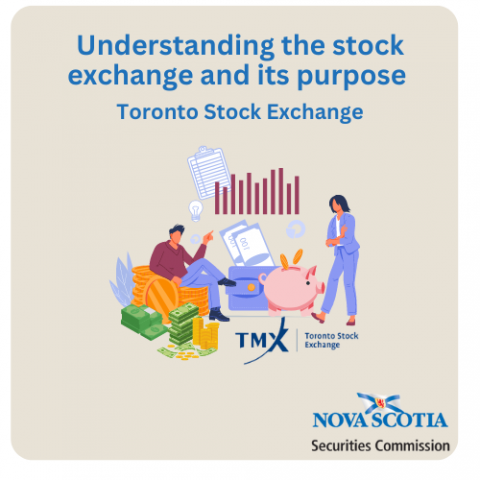Submitted by nsscadmin on

Our blog series on understanding the stock market and its purpose continues this week with a closer look at the Toronto Stock Exchange (TSX). In part one of our series we looked at the general purpose of stock exchanges in Canada’s capital market. The rest of the series will highlight some of the stock exchanges that exist in Canada.
The TSX was originally launched as the TSE in 1861. At that time, it was considerably smaller than it is today with only 13 listings. It has undergone many changes through the years including: the closure of the trading floor and transition to electronic trading in 1997, becoming the sole exchange for the trading of senior equities in Canada in 1999, the rebranding to the TSX in 2002 following the creation of the TXS Group Inc., and in 2008 the TMX Group Inc. was created following the combining of the TSX Group and the Montreal Exchange Inc.
Today the TSX is the third largest exchange in North America behind only the New York Stock Exchange and the NASDAQ, and the 10th largest stock exchange in the world. As of April 2024, the TSX had 1,801 listings and a combined market capitalization of $4.3 trillion. The largest and most widely held companies in Canada are listed on the TSX representing various economic sectors including energy, finance, mining, oil and gas, retail, and technology. The TSX isn’t limited to trading shares. Exchange Traded Funds, income trusts, closed-end funds and structured notes are also listed on the TSX.
To be listed on the TSX, a company must have net tangible assets of $7.5 million and declare pre-tax earnings of at least $200,000. A company that does not meet those requirements can list one of Canada’s smaller exchanges such as the TSX Venture, or Canadian Securities Exchange, which we will look at in upcoming parts of this series.
